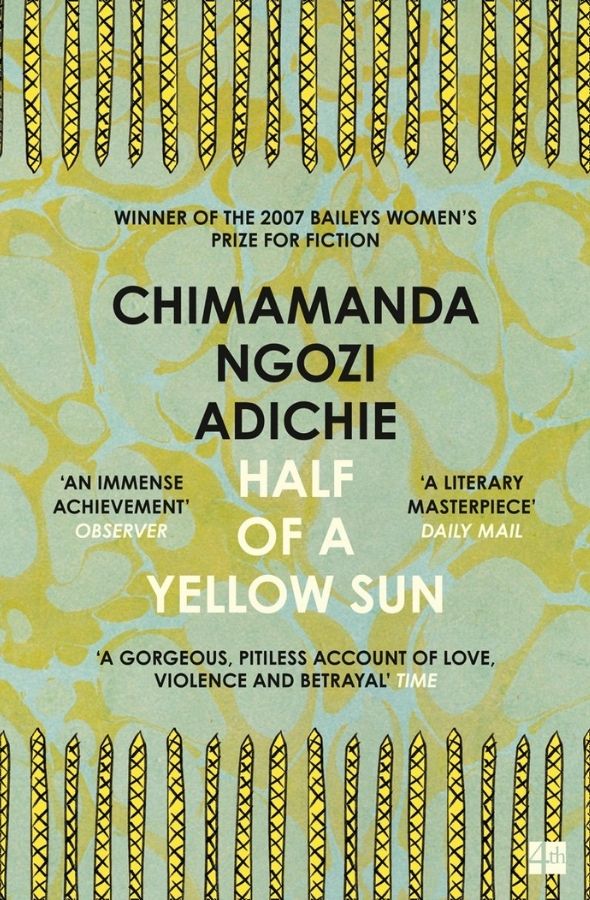An insight into the terrors of war and how we cope as people. Half of a Yellow Sun stands as a profound and significant work in addressing the Biafran War that divided Nigeria across the late 1960s.
The novel follows three characters: Ugwu, a village boy turned servant; Olanna, the wife of Ugwu’s master; Richard, an English writer exploring Nigeria and Igbo-Ukwu art. Each of these characters are tied together through the events of the war, as well as the various melodramatic conflicts and relationships that expand and crash throughout the novel’s tenure.
There is much to discuss about this novel, and whilst much of the events seem separate, they all join into a greater narrative towards the concluding chapters. Half of a Yellow Sun is really an insight into how homes, relationships, families, and culture are obliterated under the boot of a fierce war.
Adichie also has much to say about politics and rights; women’s equality and the disparity between genders and responsibilities is a notable theme across the story. It also addresses classism and wealth, whilst showcasing that well-off figures, like Ugwu’s master, can easily become displaced and distressed from the dangers of war.
It’s an awfully depressing novel that shows the horrors of humanity, especially within a volatile Africa. Likewise, it may take you some time, as it did with me, to come to grips with the dialects and references to African culture the novel makes — but it is a truly rewarding read once you begin to adapt to its keen knowledge and insight on Nigeria’s politics and culture. I do recommend it, but I would advise taking your time with it to truly feel the weight of what the story is trying to offer.

Leave a Reply